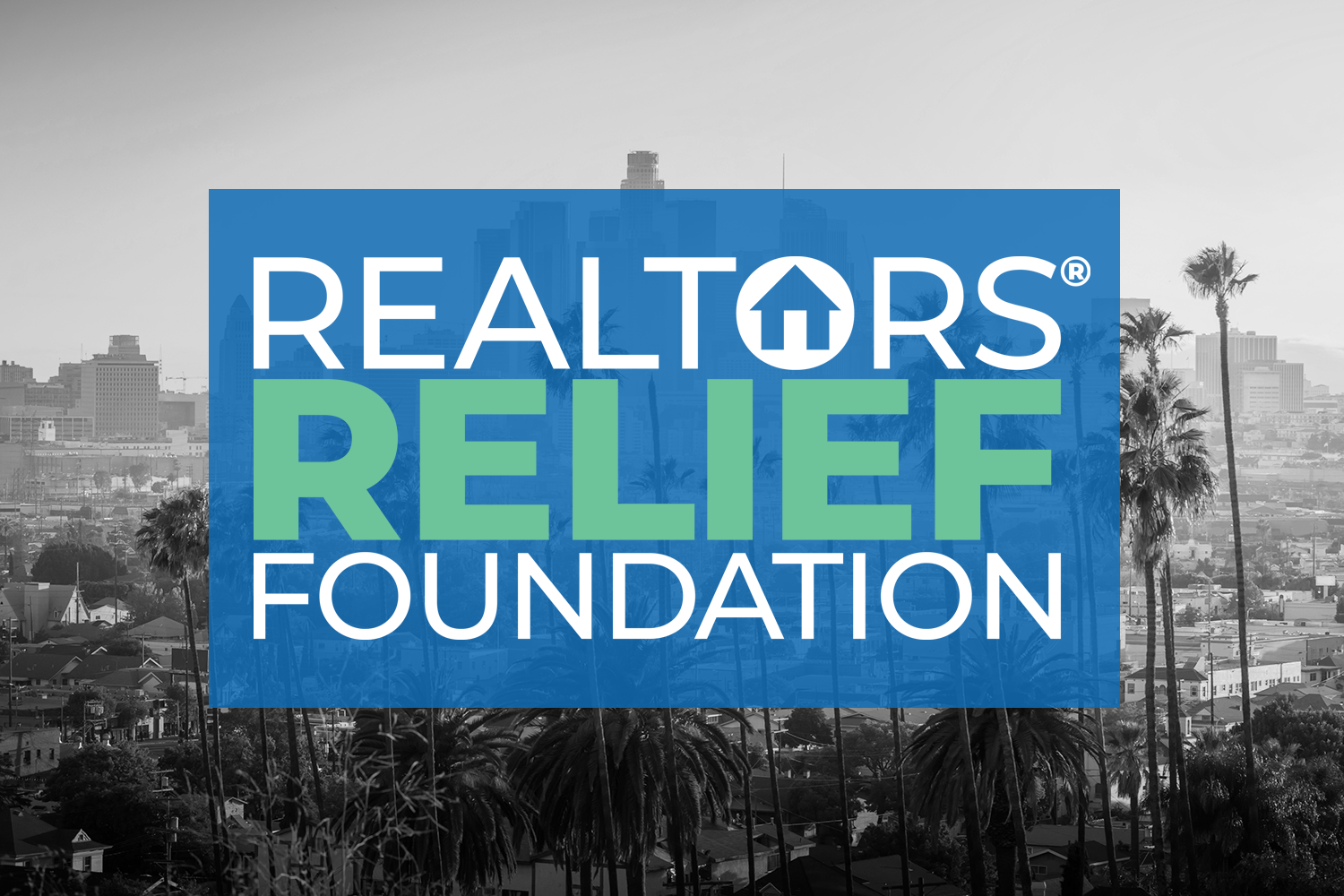
National Association of REALTORS®
Key Highlights
- Existing-home sales waned 1.0% in December to a seasonally adjusted annual rate of 3.78 million. Sales faded 6.2% from the previous year. The median existing-home sales price rose 4.4% from December 2022 to $382,600 – the sixth consecutive month of year-over-year price increases.
- On an annual basis, existing-home sales (4.09 million) fell to the lowest level in nearly 30 years, while the median price reached a record high of $389,800 in 2023.
- The inventory of unsold existing homes slumped 11.5% from the previous month to 1 million at the end of December, or the equivalent of 3.2 months’ supply at the current monthly sales pace.
Existing-home sales retreated in December, according to the National Association of REALTORS®. Among the four major U.S. regions, sales slipped in the Midwest and South, rose in the West and were unchanged in the Northeast. All four regions experienced year-over-year sales decreases.
On an annual basis, existing-home sales (4.09 million) dropped to the lowest level since 1995, while the median price reached a record high of $389,800 in 2023.
Total existing-home sales1 – completed transactions that include single-family homes, townhomes, condominiums and co-ops – decreased 1.0% from November to a seasonally adjusted annual rate of 3.78 million in December. Year-over-year, sales declined 6.2% (down from 4.03 million in December 2022).
“The latest month’s sales look to be the bottom before inevitably turning higher in the new year,” said NAR Chief Economist Lawrence Yun. “Mortgage rates are meaningfully lower compared to just two months ago, and more inventory is expected to appear on the market in upcoming months.”
Total housing inventory2 registered at the end of December was 1 million units, down 11.5% from November but up 4.2% from one year ago (960,000). Unsold inventory sits at a 3.2-month supply at the current sales pace, down from 3.5 months in November but up from 2.9 months in December 2022.
The median existing-home price3 for all housing types in December was $382,600, an increase of 4.4% from December 2022 ($366,500). All four U.S. regions posted price increases.
“Despite sluggish home sales, 85 million homeowning households enjoyed further gains in housing wealth,” Yun added. “Obviously, the recent, rapid three-year rise in home prices is unsustainable. If price increases continue at the current pace, the country could accelerate into haves and have-nots. Creating a path towards homeownership for today’s renters is essential. It requires economic and income growth and, most importantly, a steady buildup of home construction.”
REALTORS® Confidence Index
According to the monthly REALTORS® Confidence Index, properties typically remained on the market for 29 days in December, up from 25 days in November and 26 days in December 2022. Fifty-six percent of homes sold in December were on the market for less than a month.
First-time buyers were responsible for 29% of sales in December, down from 31% in November 2023 and December 2022. NAR’s 2023 Profile of Home Buyers and Sellers – released in November 20234 – found that the annual share of first-time buyers was 32%.
All-cash sales accounted for 29% of transactions in December, up from 27% in November 2023 and 28% in December 2022.
Individual investors or second-home buyers, who make up many cash sales, purchased 16% of homes in December, down from 18% in November and identical to one year ago.
Distressed sales5 – foreclosures and short sales – represented 2% of sales in December, virtually unchanged from last month and the previous year.
Mortgage Rates
According to Freddie Mac, the 30-year fixed-rate mortgage(link is external) averaged 6.60% as of January 18. That’s down from 6.66% the prior week but up from 6.15% one year ago.
Single-family and Condo/Co-op Sales
Single-family home sales edged lower to a seasonally adjusted annual rate of 3.4 million in December, down 0.3% from 3.41 million in November and 6.1% from the previous year. The median existing single-family home price was $387,000 in December, up 4.0% from December 2022.
Existing condominium and co-op sales recorded a seasonally adjusted annual rate of 380,000 units in December, down 7.3% from November and one year ago (both 410,000 units). The median existing condo price was $343,800 in December, up 8.2% from the previous year ($317,700).
Regional Breakdown
At 470,000 units, existing-home sales in the Northeast were unchanged from November but down 9.6% from December 2022. The median price in the Northeast was $428,100, up 9.4% from the previous year.
In the Midwest, existing-home sales retracted 4.3% from the prior month to an annual rate of 900,000 in December, down 10.9% from last year. The median price in the Midwest was $275,600, up 5.9% from December 2022.
Existing-home sales in the South descended 2.8% from November to an annual rate of 1.72 million in December, a decrease of 4.4% from the prior year. The median price in the South was $352,100, up 3.8% from one year ago.
In the West, existing-home sales grew 7.8% from a month ago to an annual rate of 690,000 in December but were down 1.4% from one year before. The median price in the West was $582,000, up 4.8% from December 2022.
1 Existing-home sales, which include single-family, townhomes, condominiums and co-ops, are based on transaction closings from Multiple Listing Services. Changes in sales trends outside of MLSs are not captured in the monthly series. NAR benchmarks home sales periodically using other sources to assess overall home sales trends, including sales not reported by MLSs.
Existing-home sales, based on closings, differ from the U.S. Census Bureau’s series on new single-family home sales, which are based on contracts or the acceptance of a deposit. Because of these differences, it is not uncommon for each series to move in different directions in the same month. In addition, existing-home sales, which account for more than 90% of total home sales, are based on a much larger data sample – about 40% of multiple listing service data each month – and typically are not subject to large prior-month revisions.
The annual rate for a particular month represents what the total number of actual sales for a year would be if the relative pace for that month were maintained for 12 consecutive months. Seasonally adjusted annual rates are used in reporting monthly data to factor out seasonal variations in resale activity. For example, home sales volume is normally higher in the summer than in the winter, primarily because of differences in the weather and family buying patterns. However, seasonal factors cannot compensate for abnormal weather patterns.
Single-family data collection began monthly in 1968, while condo data collection began quarterly in 1981; the series were combined in 1999 when monthly collection of condo data began. Prior to this period, single-family homes accounted for more than nine out of 10 purchases. Historic comparisons for total home sales prior to 1999 are based on monthly single-family sales, combined with the corresponding quarterly sales rate for condos.
2 Total inventory and month’s supply data are available back through 1999, while single-family inventory and month’s supply are available back to 1982 (prior to 1999, single-family sales accounted for more than 90% of transactions and condos were measured only on a quarterly basis).
3 The median price is where half sold for more and half sold for less; medians are more typical of market conditions than average prices, which are skewed higher by a relatively small share of upper-end transactions. The only valid comparisons for median prices are with the same period a year earlier due to seasonality in buying patterns. Month-to-month comparisons do not compensate for seasonal changes, especially for the timing of family buying patterns. Changes in the composition of sales can distort median price data. Year-ago median and mean prices sometimes are revised in an automated process if additional data is received.
The national median condo/co-op price often is higher than the median single-family home price because condos are concentrated in higher-cost housing markets. However, in a given area, single-family homes typically sell for more than condos as seen in NAR’s quarterly metro area price reports.
4 Survey results represent owner-occupants and differ from separately reported monthly findings from NAR’s REALTORS® Confidence Index, which include all types of buyers. The annual study only represents primary residence purchases, and does not include investor and vacation home buyers. Results include both new and existing homes.
5 Distressed sales (foreclosures and short sales), days on market, first-time buyers, all-cash transactions and investors are from a monthly survey for the NAR’s REALTORS® Confidence Index, posted at nar.realtor.





